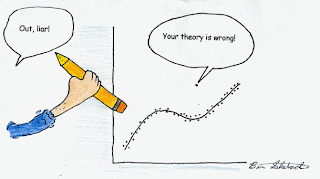. . . . I don't know how exactly CT has extracted their tactical problemset from a database of real games. Hence I don't know if their problems represent the statistical occurence in real OTB games. But let us assume that it is true, for the sake of reasoning. Rating distribution of tactical problems . . . Why is this actually a bell curve? Wouldn't it be logical that the simplest combinations occur the most? This looks like it is the result of filtering by CT. There are only about 25 different tactical elements (pin, skewer, etc.) which combine to combinations. There are 25 x 25 = 625 combinations of 2 tactical elements. 15,625 of 3 tactical elements and 390,625 of 4 elements, 9,765,625 combinations of 5 elements . There are two strategies to handle this increasing amount of possibilities: Learn those 9,765,625 positions by heart. Learn to reason logically with only the 25 elements. In the beginning the easiest progress is made ...








